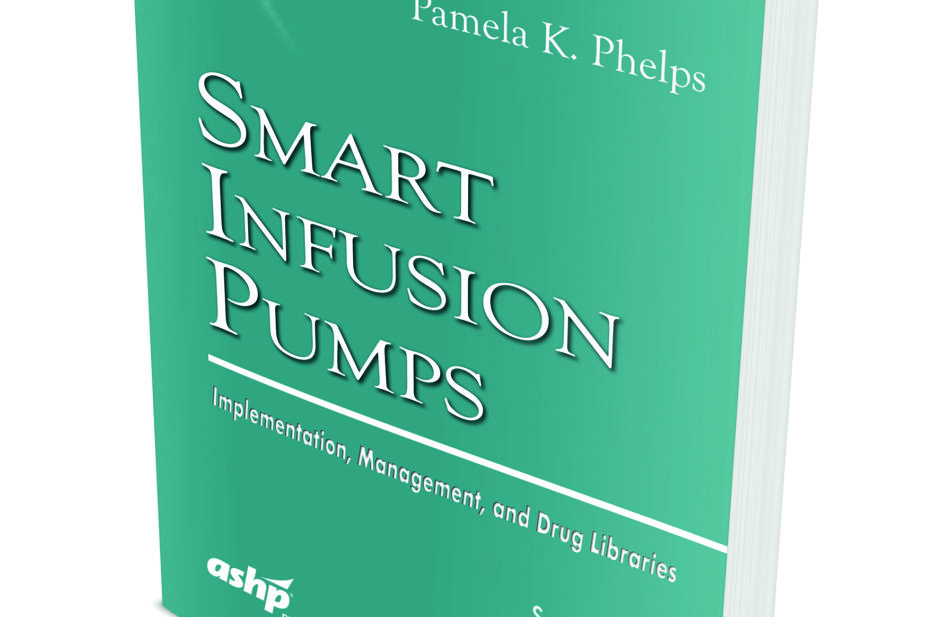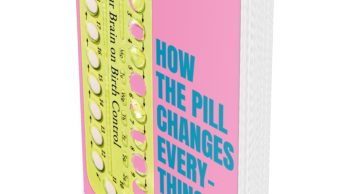
Over the past 20 years, the technology of parenteral drug administration has moved from devices that calculate infusion rates by counting the number of drops per minute, to ones that will read barcodes on the drug containers, calculate and programme the infusion rates on the devices and send usage data wirelessly. Infusion pumps have transformed accurate dosage delivery by reducing errors and improving patient safety. However, although many hospitals now use smart pump technology, compliance with the software and the use of the many safety attributes are variable.
This book takes the readers from justifying the need for smart pump technology, through choosing the appropriate pump, to the implementation of the new technology. In addition, several chapters outline the issues relating to setting up drug libraries. The book defines a drug library as a comprehensive list of medicines and fluids that are to be delivered using the infusion pump. The library includes details of any dose, volume or flow rate limitations that are programmed into the software.
One chapter deals with the steps to be followed in building up a general drug library, while others consider the development of specialist drug libraries such as those for patient-controlled analgesia and paediatrics. A dedicated paediatric library is required because of higher risk, weight-based dosing, different infusion concentrations, smaller volumes and different types of pumps. Chapters new to this edition include the development of an epidural and intrathecal drug library, and an oncology drug library.
One of the most valuable features of an intelligent infusion system is the reports that are produced by the software. A wealth of beneficial information on how the pumps have been used, which drugs have been administered most often and which doses have been overridden is generated. A brief chapter on monitoring quality and pump utilisation makes several recommendations, such as identifying a reports manager. Another chapter offers a series of ‘go-live’ checklists, including biomedical services, sterile services and supply chain/inventory checklists. Finally, smart pump integration with electronic health records through wireless connectivity is discussed.
A useful tool found at the end of each chapter is the practice tips. They are concise, practical and applicable to most settings.
A large general drug library published with permission from Fairview Health Services, Minneapolis, Minnesota, is provided, as an appendix, for demonstration purposes. The list of drugs is divided into those that are to be administered by continuous intravenous infusion and those to be given by bolus injection.
The book is well written, in an easy-to-digest format, with helpful and practical information in each chapter. It is essential reading for any organisation that uses or hopes to introduce smart pump technology.
Laurence A Goldberg
References
Smart infusion pumps: implementation, management and drug libraries, 2nd edition, edited by Pamela K. Phelps Pp x +250. Price £126. Maryland: American Society of Health-System Pharmacists; 2017. ISBN 978 1 58528 513 6 Also available as an eBook. Price £113. eISBN 978 1 58528 514 3


